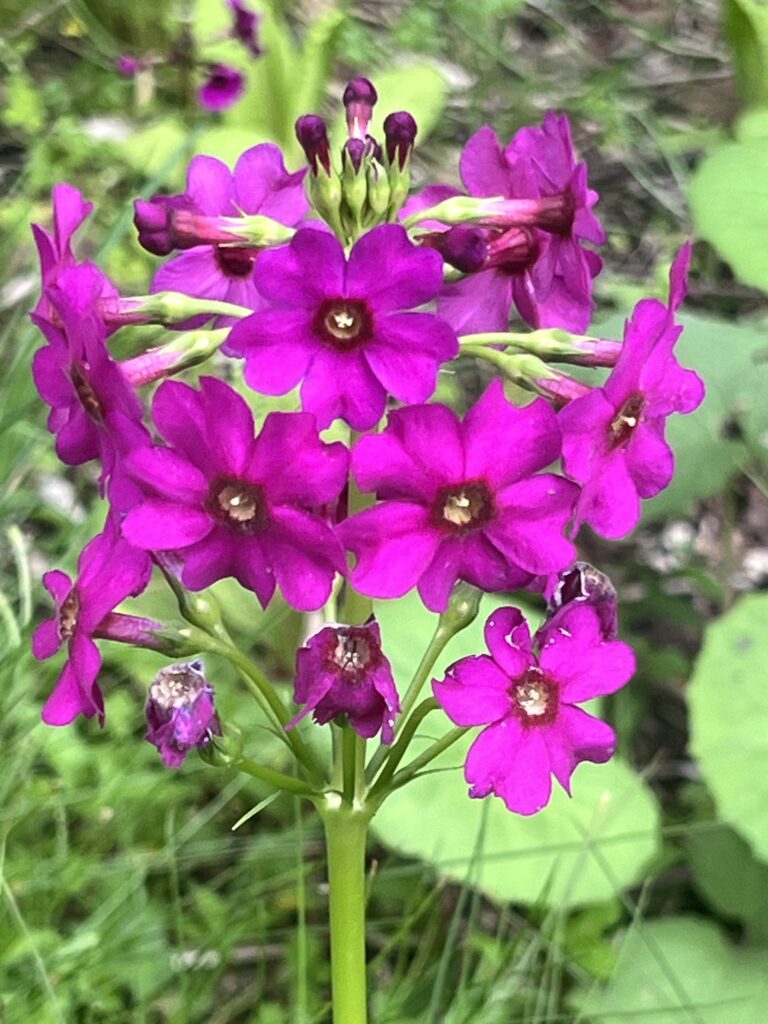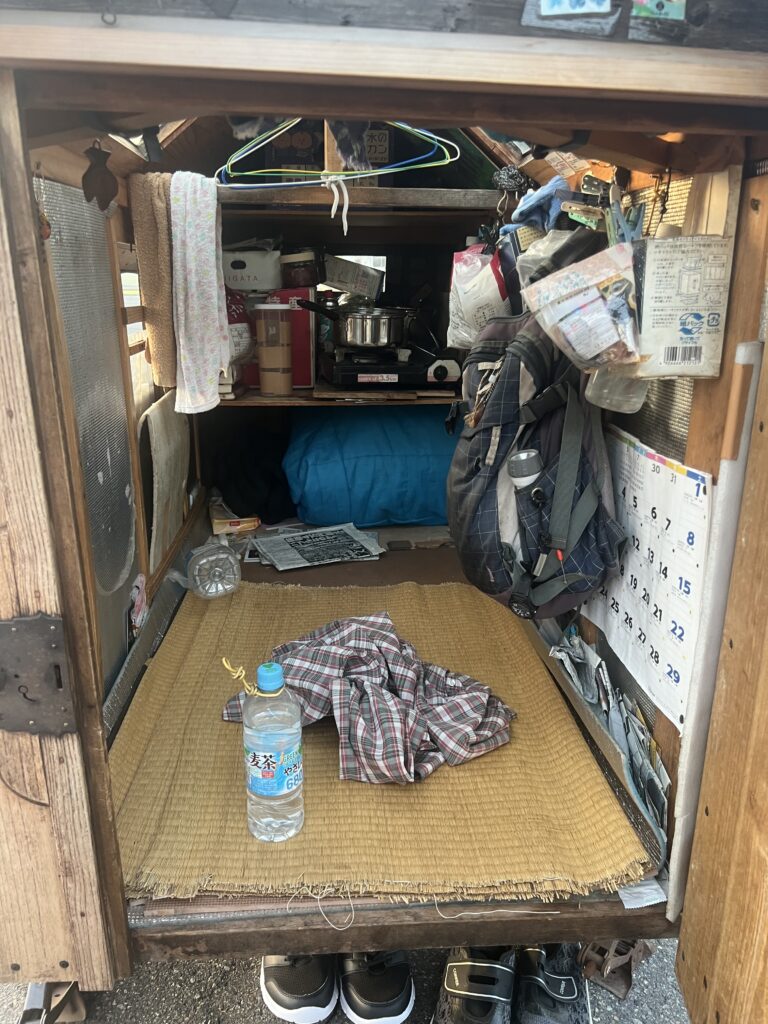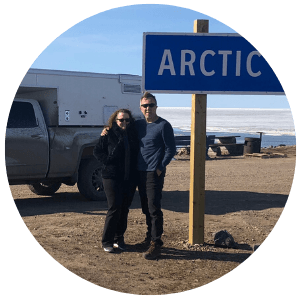The stunning lakes and outdoor onsens on the Akan National Park were definitely hard to leave but the next area of Hokkaido to explore would offer equally beautiful attractions and reminders of some Cold War challenges between Russia and Japan that linger to this day.

Just before leaving Akan there was time to explore and hike around one of its smaller, but no less beautiful lakes, Lake Onneto. Almost missed it but certainly glad we didn’t. Also enjoyed a nice hike on the Wakoto Peninsula of Lake Kussharo.




East of the Akan National Park area lies Hokkaido’s Shiretoko Peninsula. One can drive only halfway out the peninsula – the eastern half is a National Park and home to an amazing variety of wildlife ( including brown bears and orcas ). Willing hikers have access to it all ( but it’s a long way to the end ! ), while boat tours on the north side generally see the bears and on the south side have an excellent success rate spotting orcas and other whales. Given that we almost have brown bears in our back yard, that was of little interest but the whale watching opportunity we did not want to pass up. Sadly, Mother Nature rained on our parade here ( again!) – both tours were cancelled while we were there. Crossing Shiretoko ( via the Shiretoko Pass ) was some consolation, it being one of the more spectacular drives in Hokkaido.










South of Shiretoko lies the Nemuro Peninsula, less spectacular scenery-wise but still known for its beauty and wildlife and also for the fact that it is not just the very eastern end of Hokkaido but as far east as one can go in Japan. Many Japanese are attracted to the Cape Nosappu Lighthouse, but there are also plenty of reminders in this area of Japan’s lost “Northern Territories”, a group of 4 Japanese islands stolen by the Russians at the very end of WW2. Every Japanese learns about them and while it’s unlikely the Russians will hand them back anytime soon there are plenty of plaques and memorials to be seen hoping for their eventual peaceful return to Japan. From Nemuro, Kunashiri Island ( largest of the 4 ) is easily visible and only kms away at its closest point.






Leaving Nemuro our route turned back south west in the general direction of Sapporo, ending there – some notable highlights on our last days included the wetlands near Kushiro, the unique coastal rock formations at Cape Erimo, and ( while quite a detour inland ) the incredibly picturesque Blue Pond of Biei.








We’ve been blown away by the beauty and diversity of wildlife and landscapes in Hokkaido – it truly is a completely different side of Japan than the other 3 main islands. After Sapporo, we’ll wrap up our Hokkaido adventures taking the west coast route back to Hakodate and the ferry on to Honshu.
Till next week…
Follow Up On The Issue Of “Garbage”
Last week’s blog prompted some commentary about “where” exactly we do dispose of our daily garbage ( guess I should have expected that ! ). So, we do the following:
- We minimize what we create – picking up fewer brochures at tourist offices, we ask the always over-zealous store clerks NOT to wrap stuff ( which pains them !), and even unpack boxes and wrapping material before we leave the supermarket.
- We dispose of it frequently in very small bags that fit in the small garbage receptacles you mostly do see ( on the very rare occasions you see them at all ! ).
- We look for bins saying “combustibles” ( general burnable trash ) in every 7/11 and supermarket we visit ( every time, always ). These aren’t everywhere but we see them just enough to keep on top of it. Secret is not to accumulate too much ( at which point the simply difficult becomes altogether impossible ).
- When we fuel up we ask fuel stations if they can take a bag ( once you are a customer they feel more obliged to help ). This sometimes works. They have their own garbage bins (being a business), but never on display.
- When we see cleaners ( as we sometimes do ) who collect stray trash around toilets they always have a big garbage bag and they will take it – can’t count on that, though.
- Lastly, when desperate, we visit tourist info centres and ask them where we can get rid of garbage. Once, one such employee actually took a bag from us feeling so embarrassed that their city no longer had garbage cans generally available.
Read about the history of why there are almost no garbage cans in public here ( at least it’s one story, we’ve heard others but this one seems to best explain it ). It’s actually a very sad terrorism-related story but the “solution” certainly seems to be somewhat of a sledgehammer approach. I’d never have guessed this is why there are almost never any garbage bins in public areas here, but there you have it. Now you know why !


Here’s a short video clip of the week that was:


Hi Jeff and Lois,
Great travel info and enjoyed another addition as usual.
I did have one question this week, what program/app are you using to create these. I like them and hope to use them with our recent trips as well.
Keep on trucking !
Ernie and Lynne
Hi Ernie,
Well, firstly I am certainly no “pro” but I can share what I know ( mostly self taught). I use iMovie for the video piece – it’s simple and easy to stick together the short videos we shoot and it has some simple but useful blending tools.
The blog itself is done on WordPress- the site was built for me and I pay a guy to fix it when it crashes/fails as it sometimes does. It’s beyond my pay grade !!! I just know how to load it up each week.
Let’s connect when we are back and I’ll give you a look at it “behind the scenes”.
Jeff
Interesting read on that plaque about the drift ice. I had no idea!
Yes, for some reason around Shiretoko it comes a long way south. They also have tours to see that up close in winter – tours for everything !
Another interesting and enjoyable update on your journey. Enjoyed the video at the end to wrap it up! Take care and safe travels
Thanks guys, look forward to catching up later this summer, hopefully you’ll get to K town ?